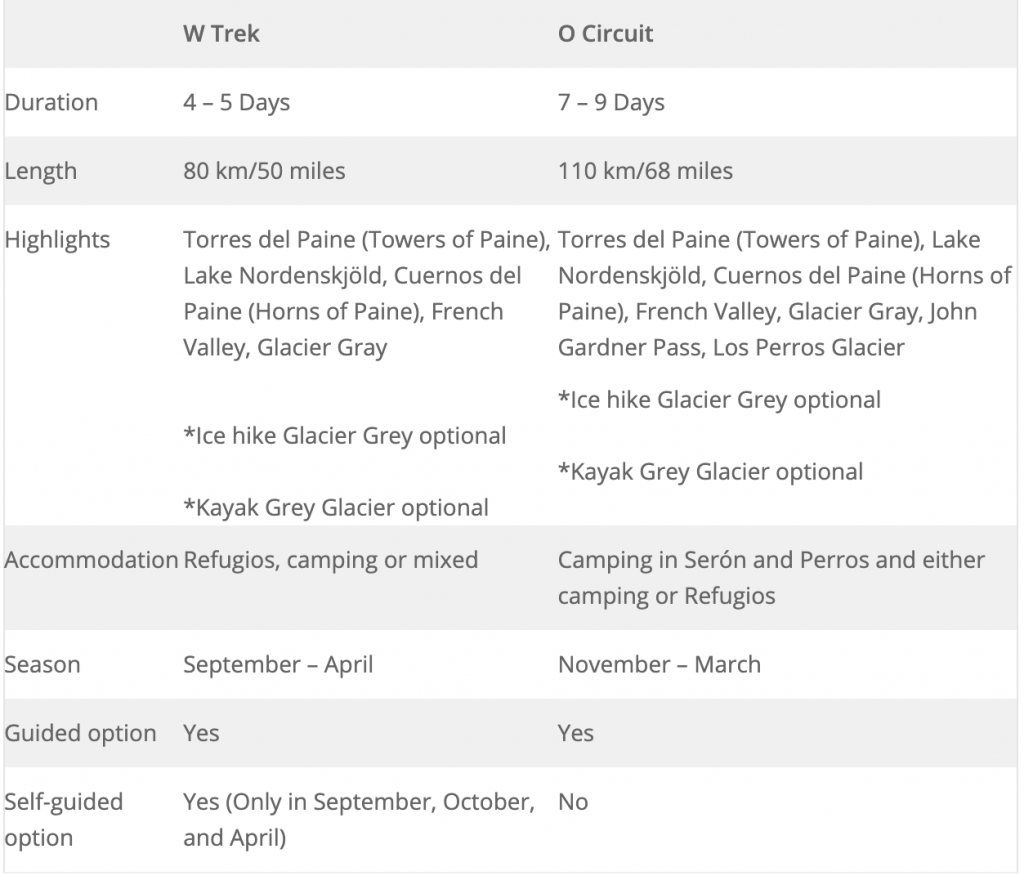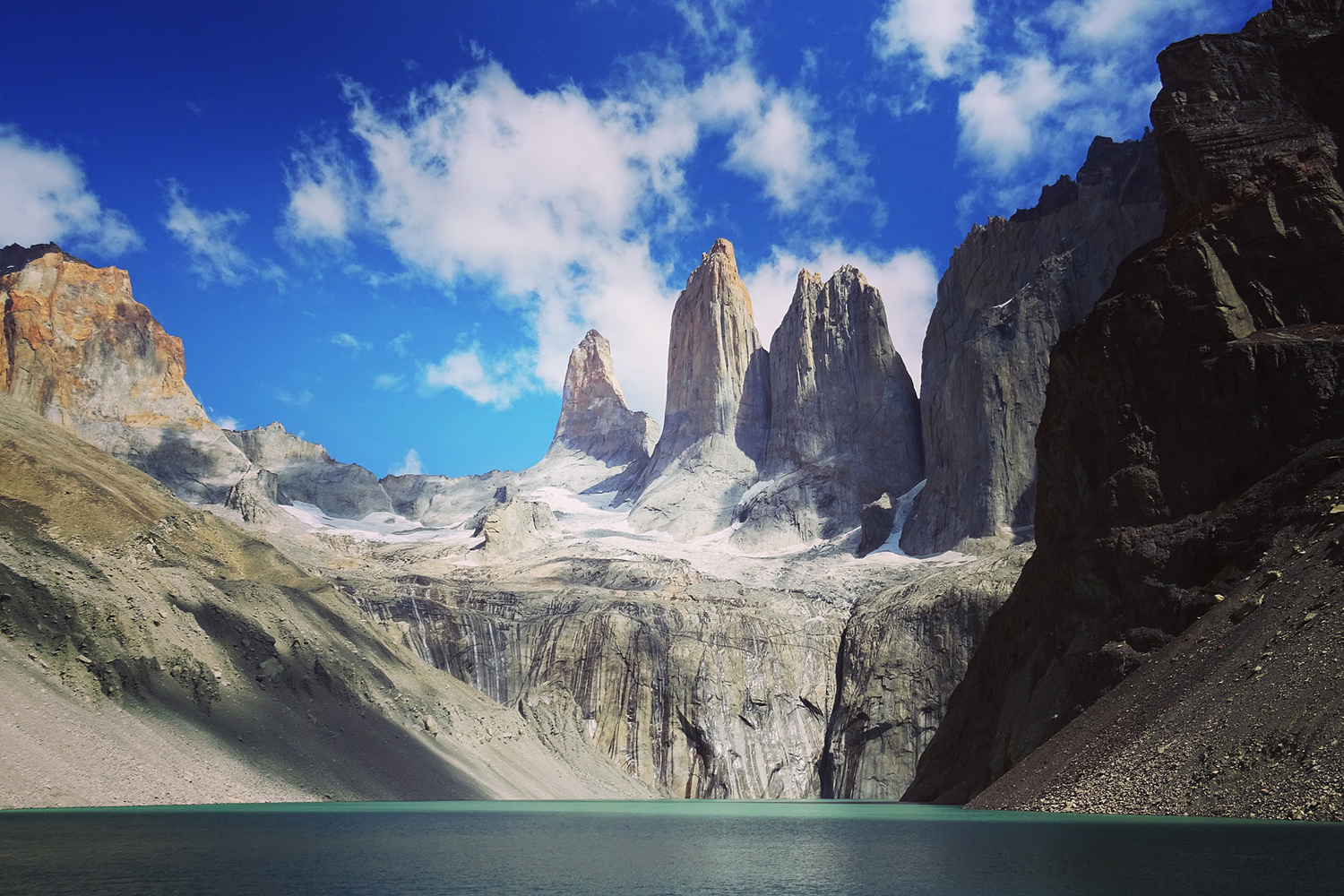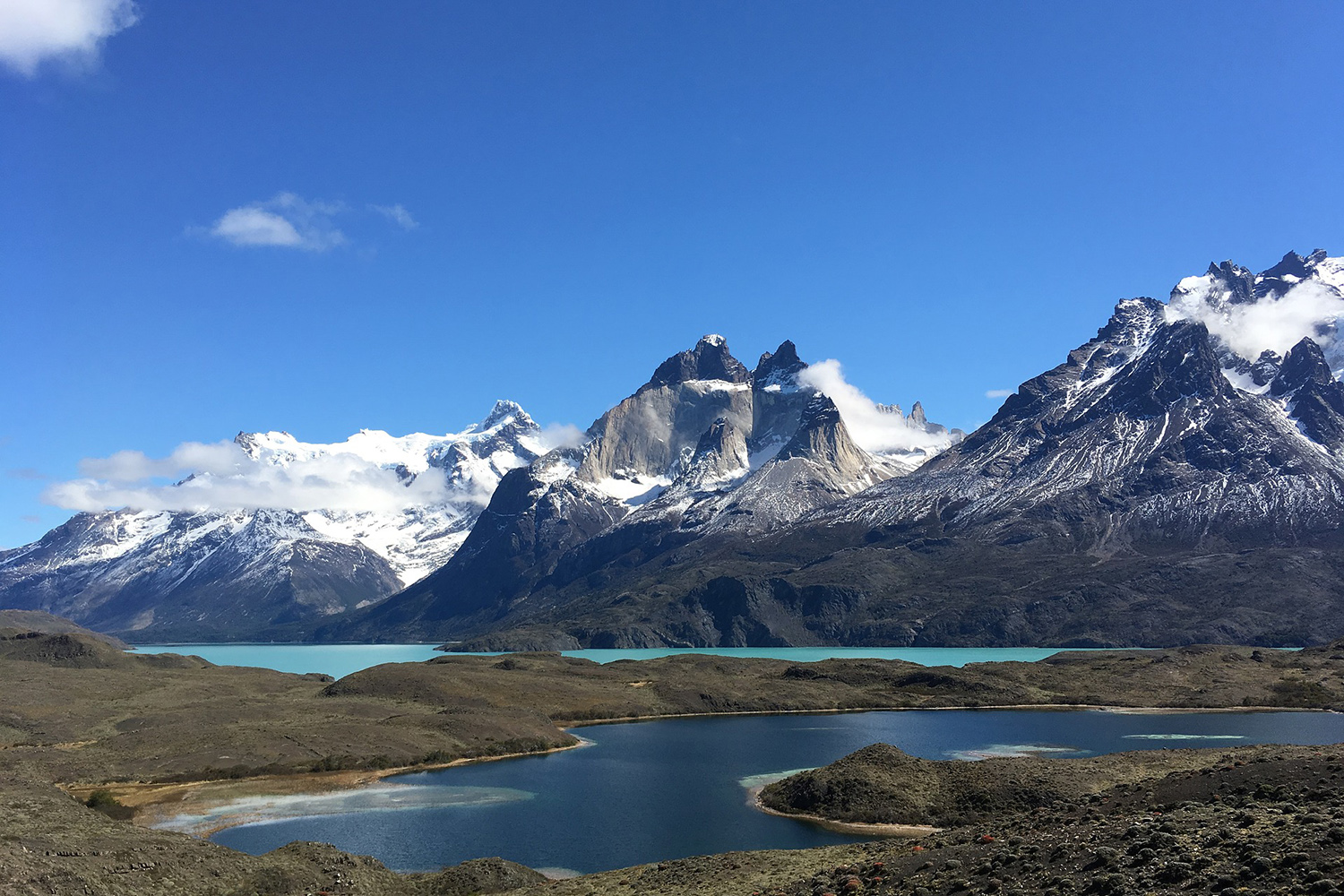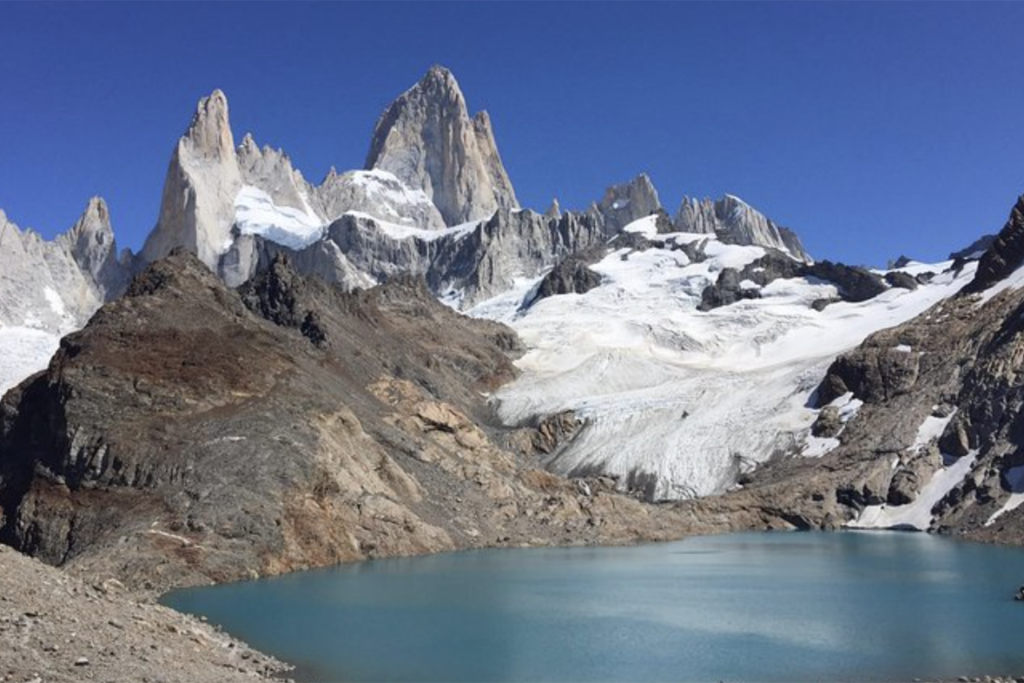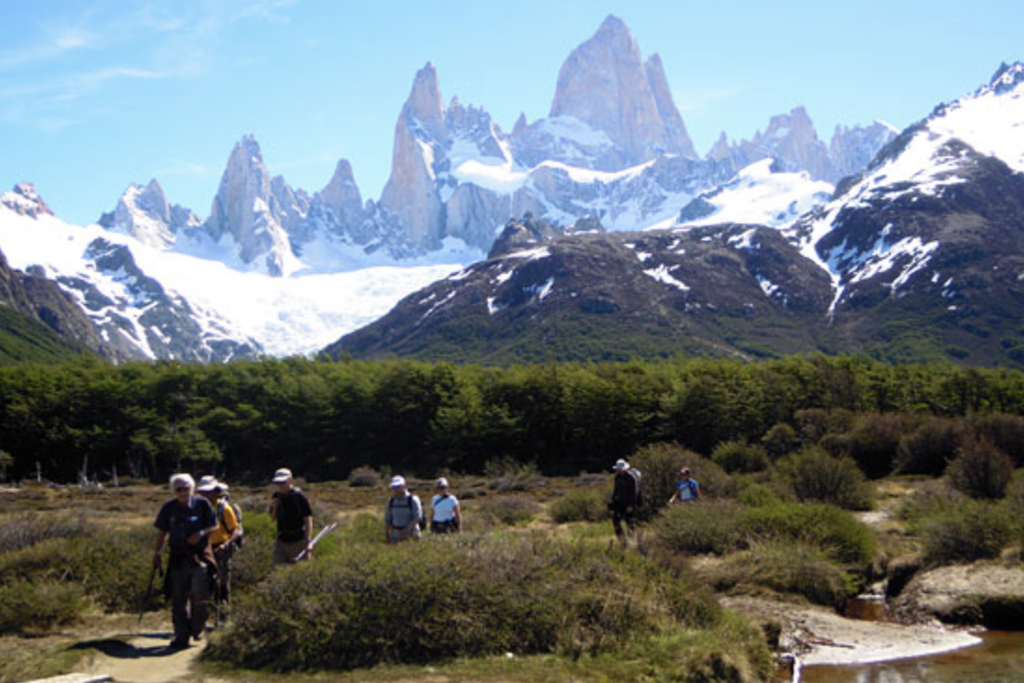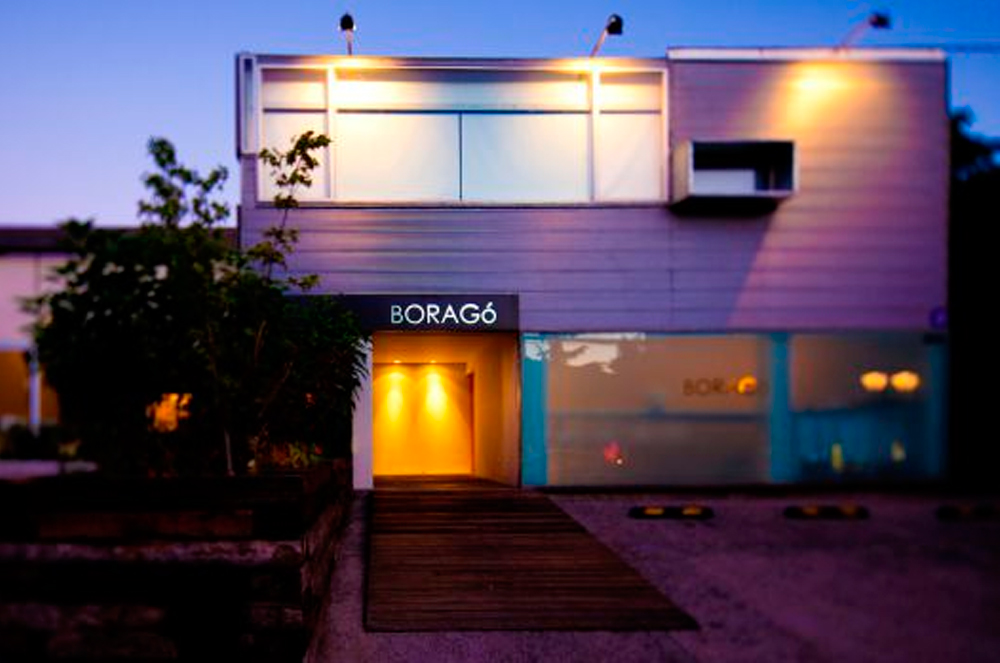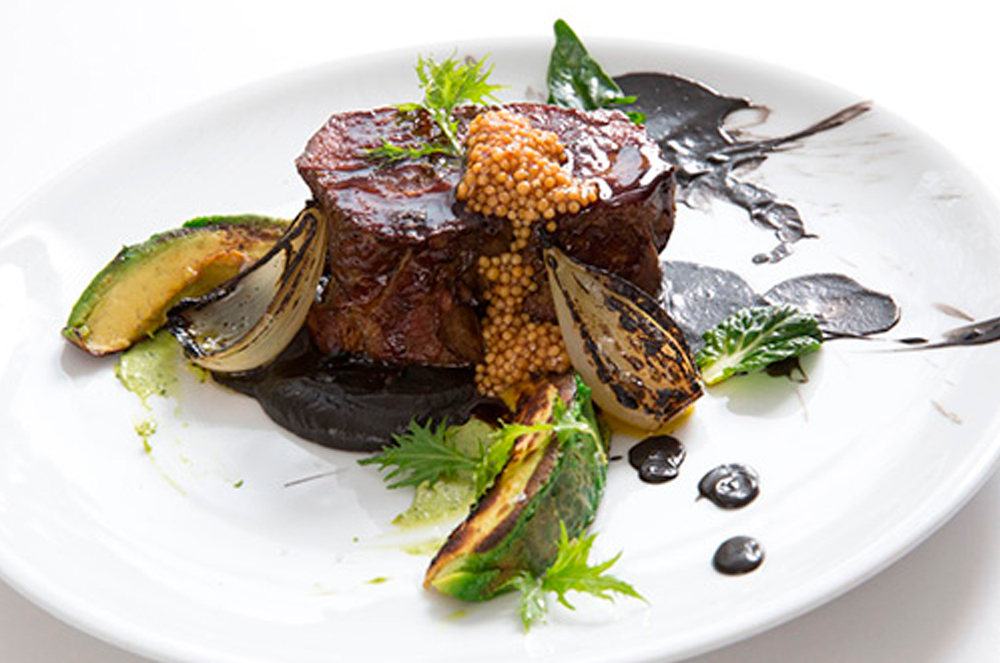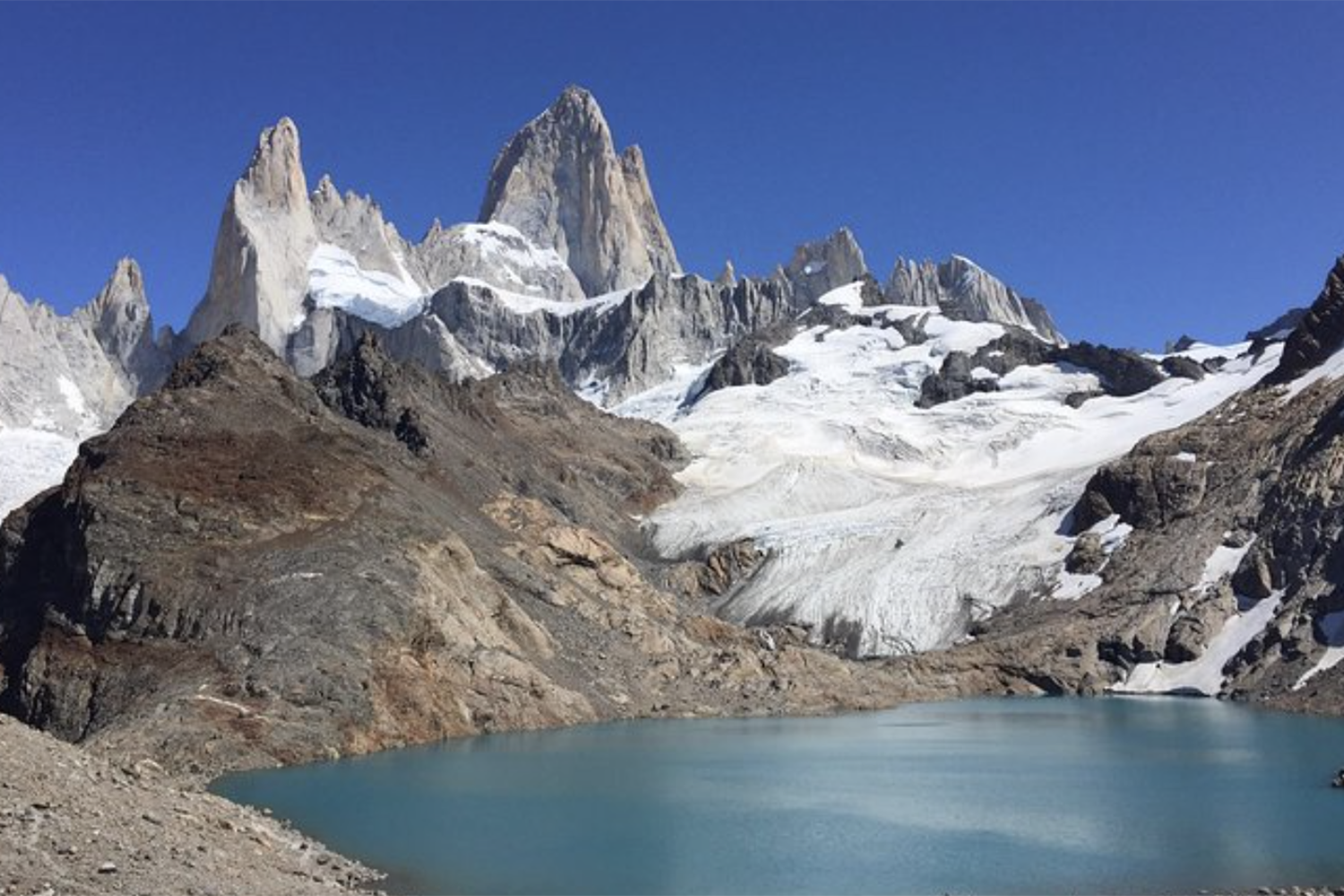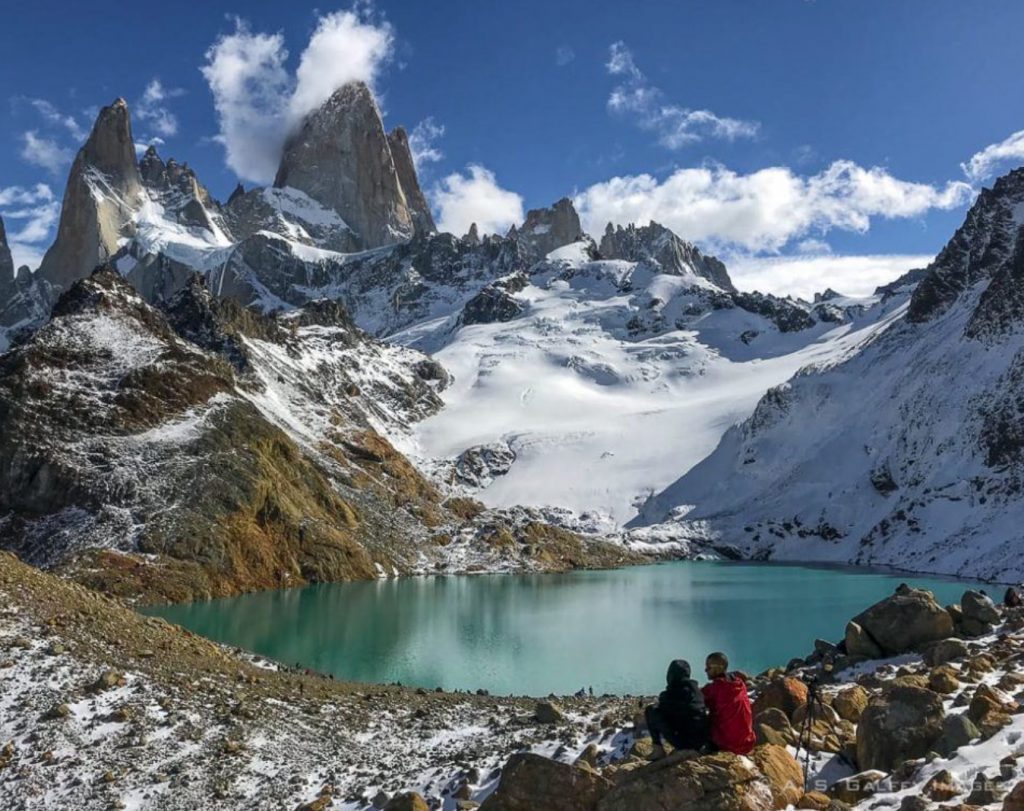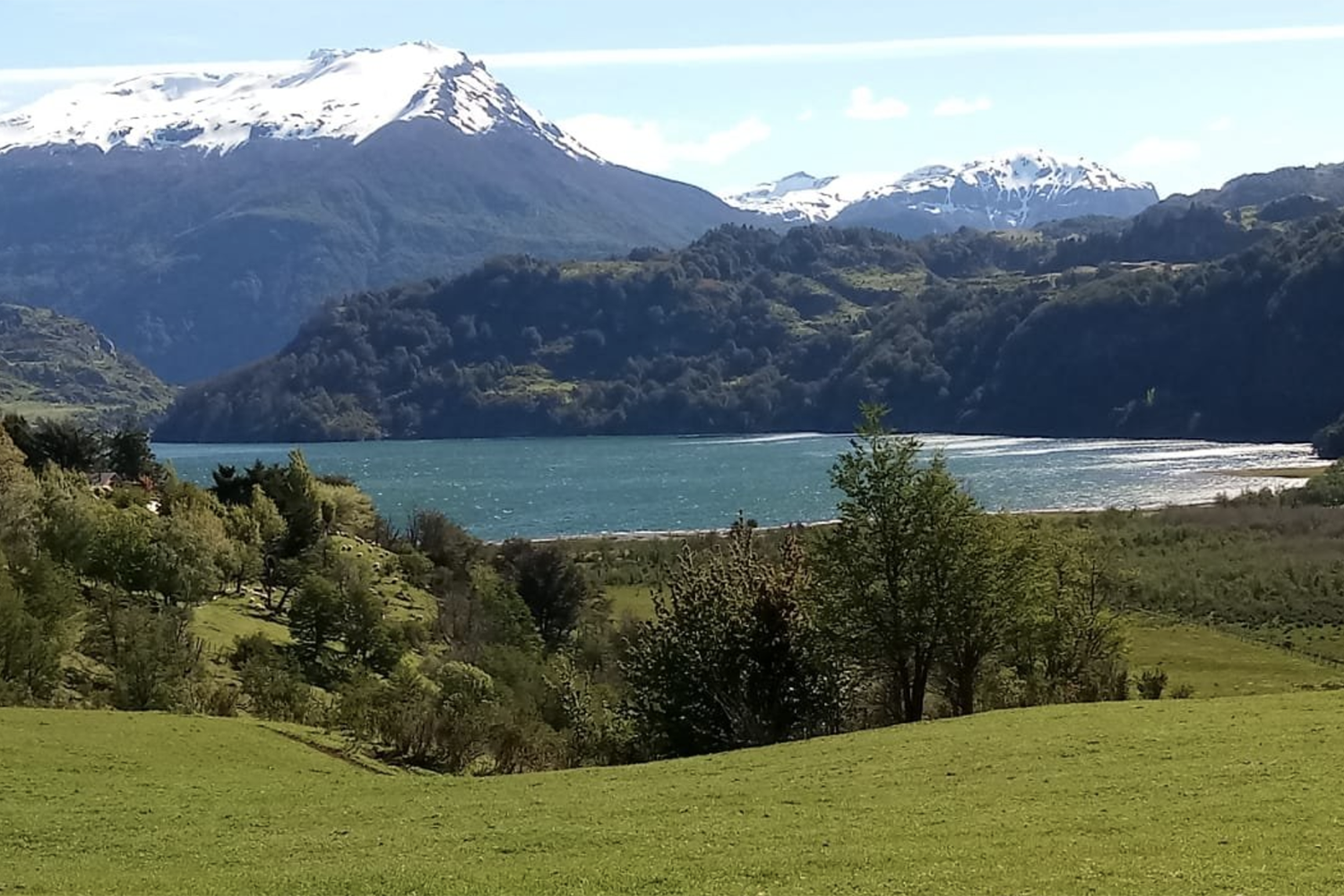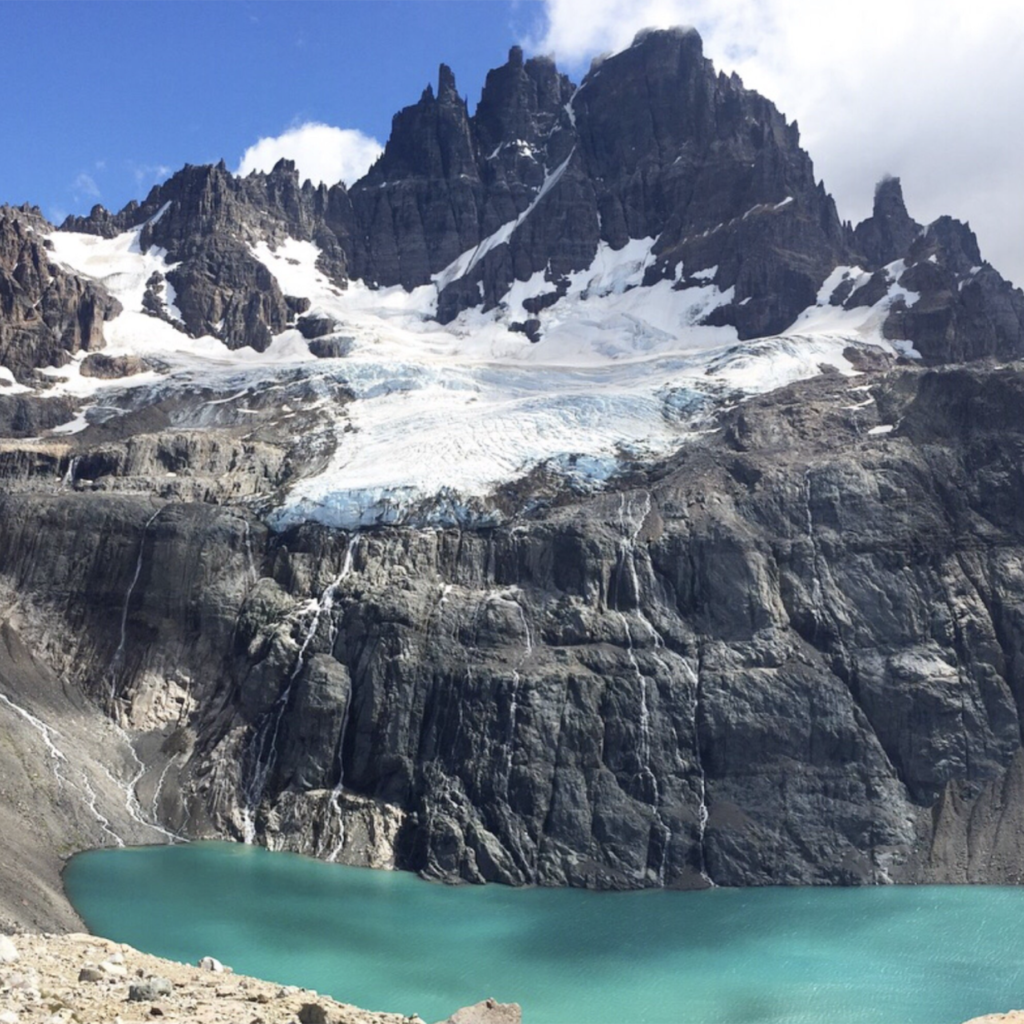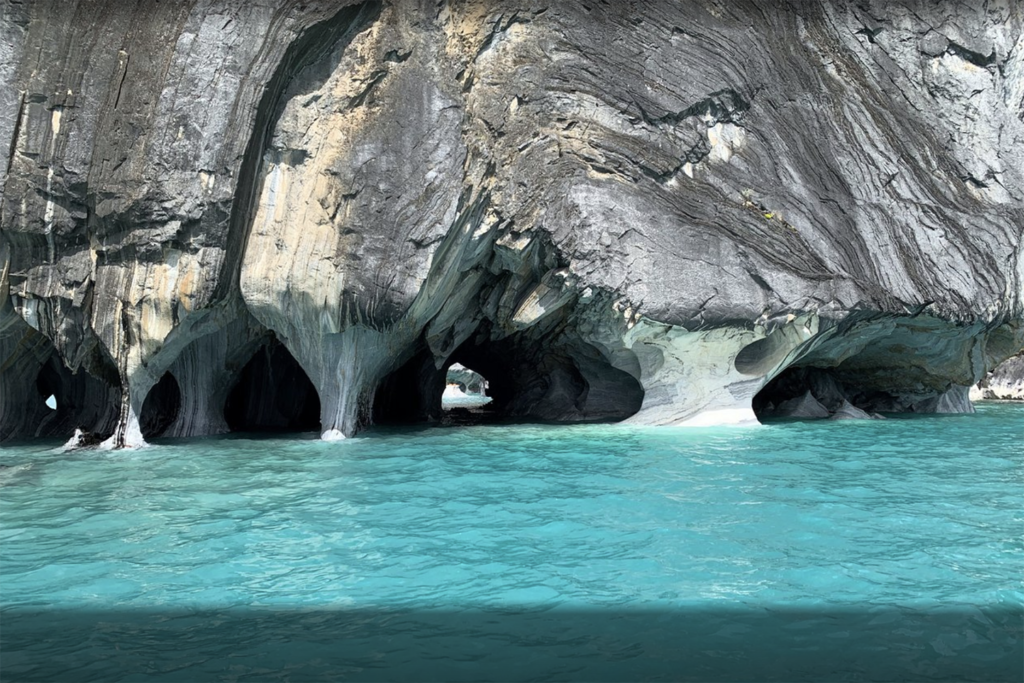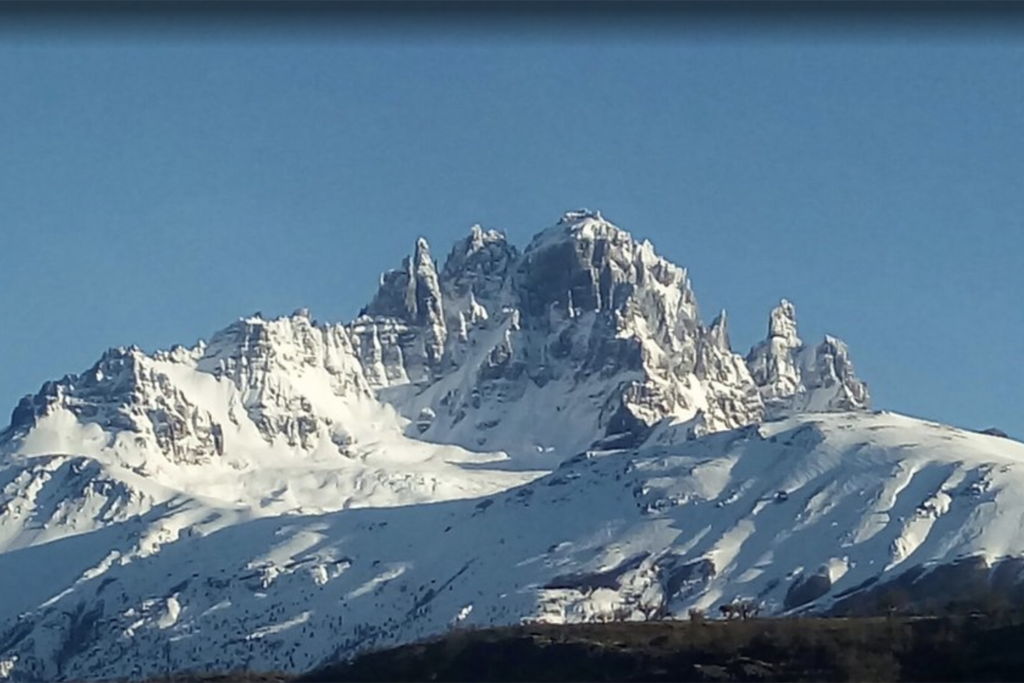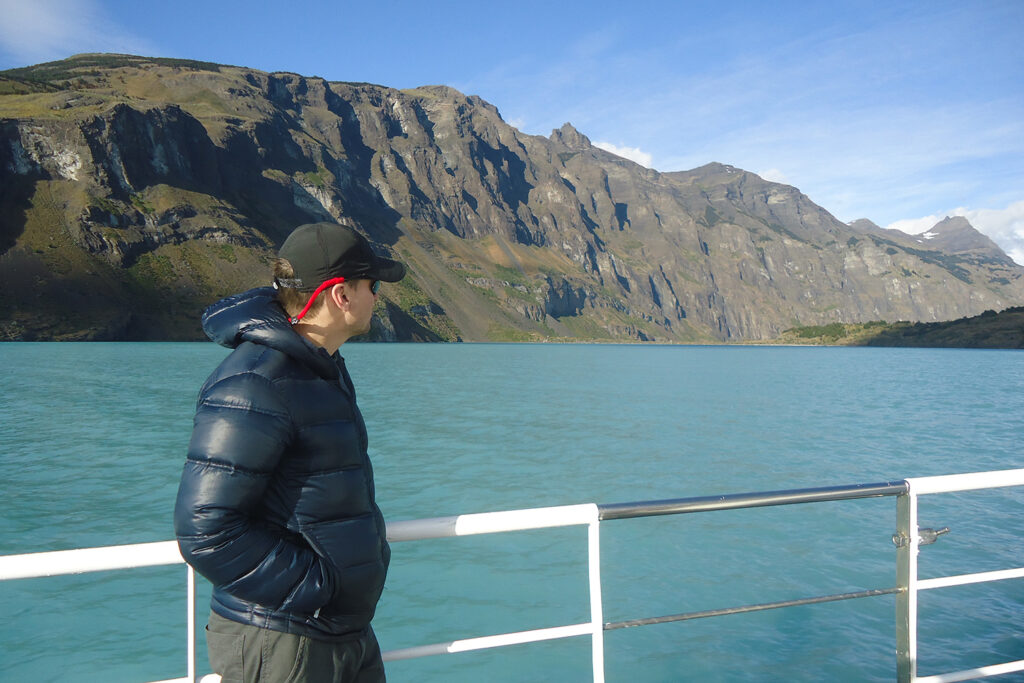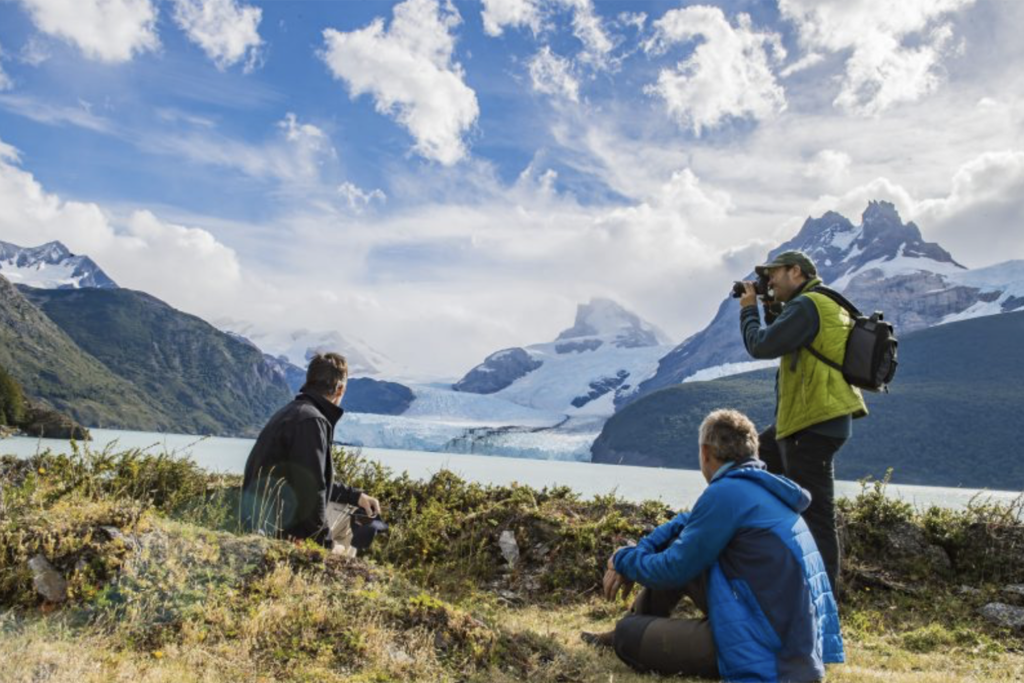Torres del Paine: Differences between the W Trek and the O Circuit
After deciding to hike Torres del Paine, your next step is to decide which hike to do, the W Trek or the O Circuit. The differences between the two hikes fall into three general categories: the trail itself and the views along the trail, the accommodation options, and the people on the trail.
The O Circuit, also known as the Paine Circuit, forms a complete loop around the park, while the W Trek makes a "W" shape south of the park. Circuit O includes the W Trek, which constitutes the southern part of the circuit.
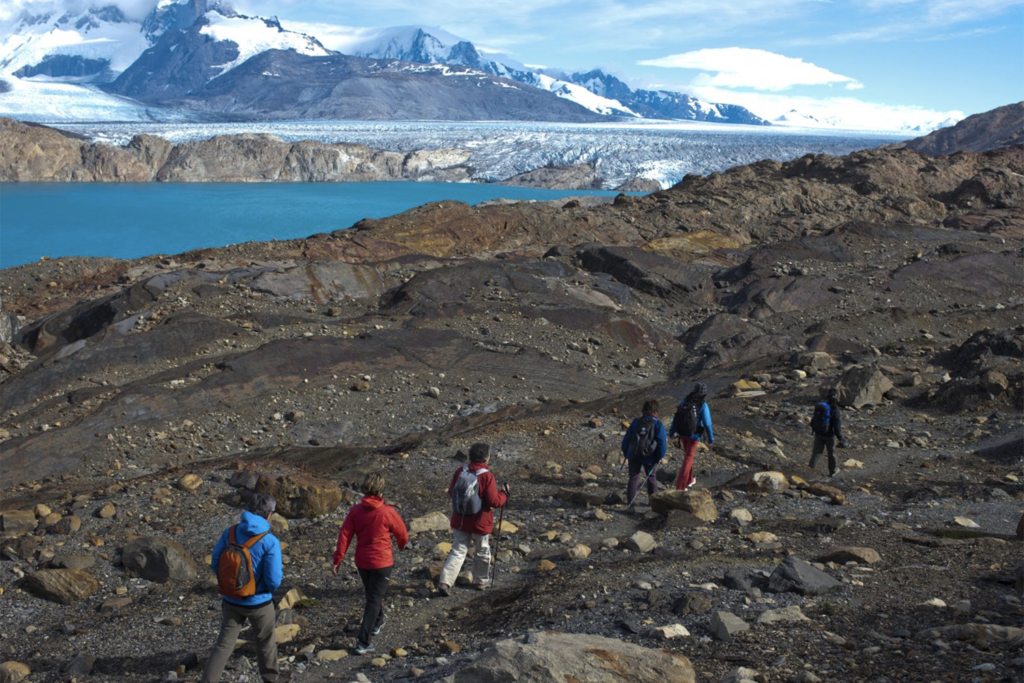
What's the Difference Between the O-Trek and the W-Trek?
Trails and Sights
The W Trek is approximately 80 km/50 miles long while the O Circuit is 110 km/68 miles.
The W Trek can be completed in 4 or 5 days while the O Circuit requires 7 to 9 days.
One difference between the two treks is the degree of flexibility. Hikers on the O-Trek are only allowed to hike the circuit counterclockwise, while hikers on the W-Trek are free to hike east to west or west to east. The reason for this is that park administrators want to regulate how many people are on the backside of the park at any one time, a point we will get to later.
Difficulty level:
Neither the O Circuit nor the W Trek are known for being particularly strenuous, but naturally, due to its longer duration, the O Circuit is more challenging. The O Circuit also includes trekking up and over John Gardner pass, which can be a difficult climb.
For the O Circuit, trekkers spend around 4 to 10 hours trekking per day whereas with the W-Trek, trekkers spend around 5 to 8 hours a day trekking.
The W circuit is more visited and includes two of the most stunning views: Mirador de Las Torres del Paine and Mirador Britanico. Due to its shorter completion time, the W Trek receives more trekkers than the O Circuit. In reverse, the O Circuit, taking longer to complete, receives fewer trekkers. The national park does not limit how many trekkers are permitted to do the W Trek (as long as they have accommodation reserved – see below), however the park only allows 80 trekkers to be on the top section of the O Circuit at a time.
Accommodation: Lodges and Camping
Torres del Paine offers two types of accommodation for trekkers*, lodges (in Spanish called “refugios”) and campsites. Along the W Trek it is possible to stay in refugios for the duration of your trek if you so choose. Camping is also available if this is your preference and a mix of camping and staying in lodges is also possible.
Despite whether you choose to sleep in the lodges or camp, please note that along the W Trek you will eat all of your meals in the lodges/refugios.
With the O Circuit however, camping is compulsory along the north side of the loop as there are no lodges between Refugio Las Torres, near the park’s entrance, and Refugio Dickson. Once the trail reaches Refugio Dickson, lodges are available, but you can continue to camp as well if you would like. At Refugio Dickson, you can sleep in either a tent or one of their 6-person shared dormitories.
Only the first two accommodations, Serón and Dickson, have restaurants for campers. Serón treats hikers to a three-course dinner, and Dickson has a fixed menu for dinner and breakfast. Both have minimarkets where you can pick up more food and snacks for the trail. Campamento Perros doesn’t have a restaurant, but they do serve breakfast and dinner. If you want to cook your own meal, you will have to pack in ingredients and cooking equipment. Perros also has a small market that offers snacks, basic equipment and gas for cookers.
For the portion of the O Circuit in which there are no lodges, it is necessary to hire the services of porter to carry your food and cooking supplies. The porter will also cook your meals for you. After the fourth day of the trek, your will no longer need the help of your porter and you can continue on without them.
Lodging within the park is limited and trekkers without reservations at lodges or campsites will under no circumstances be permitted to stay overnight in the park. Accommodation books up quickly (especially in peak season), so please be sure to make your booking well in advance. To read more about why it’s important to book in advance, please click here.
*If you prefer to stay at a hotel, Las Torres Hotel is the best option. Las Torres hotel is strategically located within the national park and it is used as a base for day hikes. Please note that you will have to return to the hotel every day to sleep in your room and depart the next morning for the next trek.
